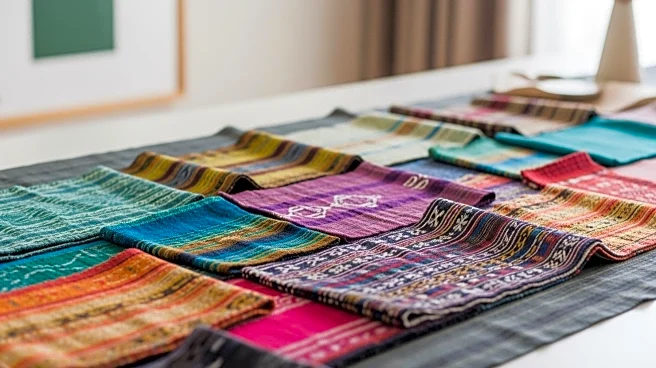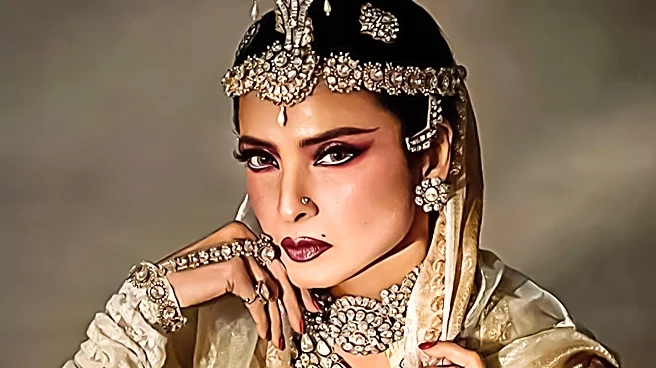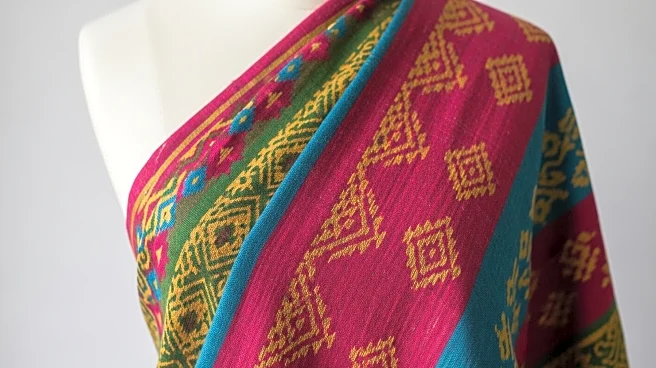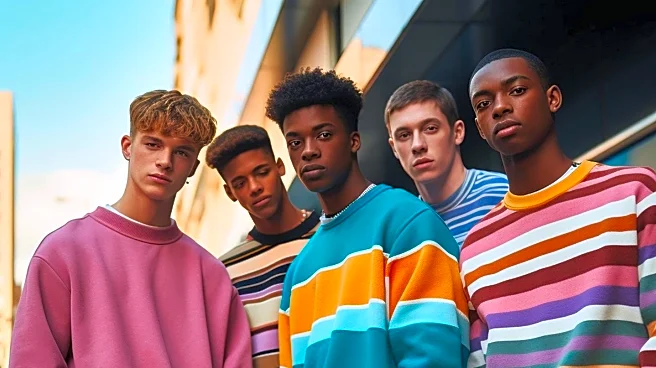What is the story about?
What's Happening?
Emerging designers from diverse global backgrounds are reshaping the fashion industry by integrating sustainability and cultural heritage into their work. The Business of Fashion highlights these designers in its BoF 500 Class of 2025, showcasing their innovative approaches to fashion. Designers such as Conner Ives and CFCL are addressing waste and overproduction through sustainable practices, while others like Mmusomaxwell and Campillo focus on local craftsmanship and cultural recontextualization. These designers are navigating challenges such as economic volatility and the need for global recognition, often relying on social media to connect with audiences and grow their brands organically.
Why It's Important?
The efforts of these emerging designers are significant as they challenge traditional fashion industry norms and promote sustainability. By focusing on local craftsmanship and sustainable practices, they contribute to reducing the industry's environmental impact. Their work also highlights the importance of cultural diversity in fashion, offering fresh perspectives that can enrich the global fashion narrative. As these designers gain recognition, they pave the way for a more inclusive and environmentally conscious fashion industry, potentially influencing larger brands to adopt similar practices.
What's Next?
Many of these designers are expanding their reach and influence, with plans to open flagship stores in major markets like New York City. As they continue to gain traction, they may inspire other designers and brands to prioritize sustainability and cultural heritage. The growing recognition of these designers could lead to increased support for emerging brands outside traditional fashion capitals, fostering a more diverse and inclusive industry.
Beyond the Headlines
The rise of these designers also raises questions about the future of fashion in terms of ethical production and cultural representation. Their success could encourage a shift towards more responsible consumption and production practices, challenging the fast fashion model. Additionally, their focus on cultural heritage may lead to a broader acceptance and appreciation of diverse cultural influences in fashion, promoting a more globalized and interconnected industry.
AI Generated Content
Do you find this article useful?













